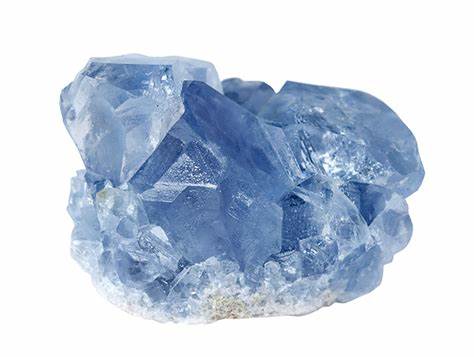Strontium is a chemical element with the symbol Sr and atomic number 38. It is a soft, silvery-white metal that is highly reactive. Strontium is the 15th most abundant element in the Earth's crust, and it is found in a variety of minerals, including celestite (SrSO4) and strontianite (SrCO3).
Strontium was first recognized in 1790 by Irish physician Adair Crawford. In 1787, a strange rock was found in a coal mine in Strontian, Scotland. An Edinburgh doctor, Adair Crawford identified the rock as a new mineral and called it “strontia”.
Four years later in 1791, Thomas Charles Hope discovered the mineral contained a new element, strontium, that burned red under a flame. The metal itself was isolated in 1808 by Humphry Davy at the Royal Institution in London using the then newly discovered process of electrolysis.

Strontium is not found in large quantities in the Earth's crust, but it is present in trace amounts in many minerals, including celestite (SrSO4) and strontianite. The main commercial source of strontium is celestite, which is mined in Spain, Mexico, and China. Strontium has a wide range of applications, including:
Strontium is a relatively safe element, but it can be harmful if ingested in large quantities. The most common symptoms of strontium poisoning are nausea, vomiting, and diarrhea. In severe cases, strontium poisoning can lead to kidney failure and death.
Although strontium is the 15th most abundant element on the planet, its found more in rocks than in food. Strontium is probably best known among people who grew up in the era of atomic testing for its radioactive isotope, strontium90. Because strontium is absorbed by the body similarly to calcium, the radioactive isotope from fallout was incorporated from milk into bones, leading to various bone disorders and cancers.
This similarity to calcium has also led strontium to be studied for bone-health benefits. According to Bess Dawson-Hughes, MD, director of Tufts HNRCA Bone Metabolism Laboratory, “One form of strontium, strontium renalate, is approved for osteoporosis treatment (reduces fractures) in Europe. It is not available in the US. Other forms that have been tested have not been effective.”